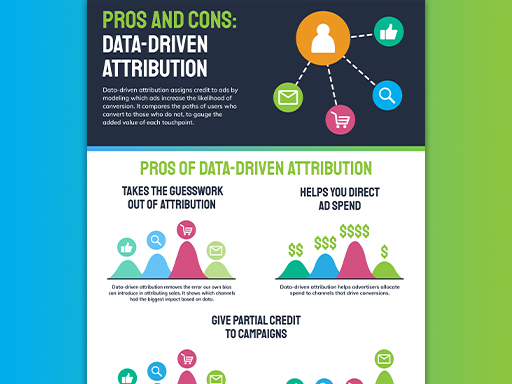What is Data-Driven Attribution?
The user journey from first interaction to conversion can vary significantly from business to business and user to user.
On the one end of the spectrum there are users who perform a search, see your business for the first time, click your ad and purchase right then and there. This user only has one touchpoint before purchasing.
On the other end of the spectrum, there are users who interact with your business over the course of months, interacting with display ads, Google organic & paid listings, emails, and other touchpoints before finally making their purchase. These users interact with many touchpoints before purchasing.
The first is pretty simple from an attribution perspective. There is only one touch that gets credit. When you bring in multiple touchpoints, however, it becomes much harder to say with any reasonable certainty which touch points really impacted the final purchase and to what extent.
Data-Driven Attribution is Google’s intended solution to that uncertainty.

How Data-Driven Attribution Works
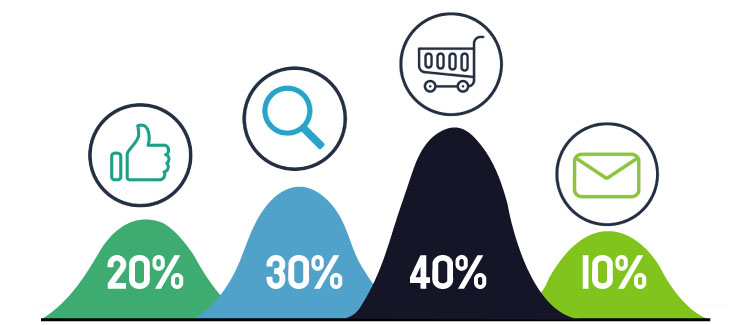
Data-Driven attribution assigns credit to ads by modeling which ads increased the likelihood of the user to convert. It compares the paths of users who converted to those who did not in order to gauge the value added by different touchpoints along the way.
For instance, it may compare a group of users who clicked on a shopping ad to those who clicked on a shopping ad and an additional GDN remarketing ad to understand the added benefit of that GDN ad. In doing so, the system is able to better gauge the added benefit of different touchpoints. You can read Google’s explanation here.
Now let’s take a look at the pros and cons of using data-driven attribution for your campaigns.

The Pros of Data-Driven Attribution
#1 Takes the Guesswork Out of Attribution

In this industry, we all have our own predispositions about how effective different ads are at driving truly incremental sales and about which ads cannibalize ad spend without results.
From high-funnel new user ads, to cart abandoner remarketing efforts, DDA allows advertisers to formally put the data in the driver seat. It removes the error our own bias can introduce in attributing sales and lets us see the data for what it is.
#2 Gives Partial Credit to Campaigns
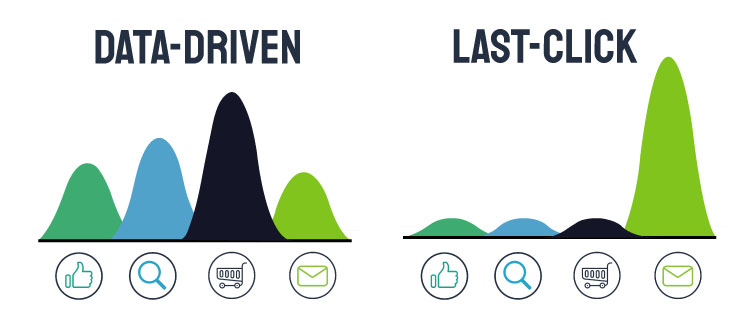
Data-driven attribution allows for partial credit assigned across campaigns, as opposed to an all or nothing last-click model. In a last-click model, only the last touchpoint gets 100% credit for the sale.
With data-driven attribution, the credit for a sale is divided across each touchpoint a customer interacted with. Bidding decisions (both automated & manual) can be more effective when it is understood that an ad deserves some amount of credit, even if not all of it.
#3 Helps You Direct Ad Spend
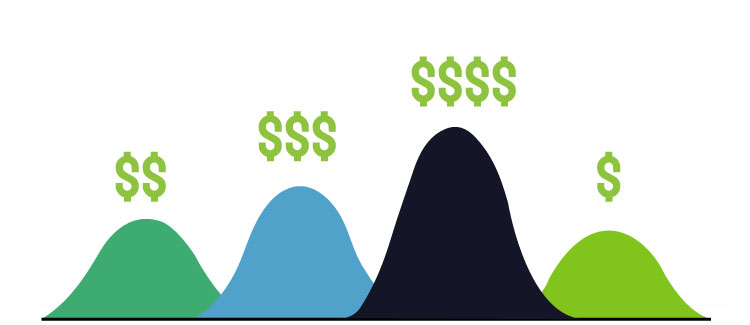
DDA attribution, in tandem with any bidding solution utilizing Google Ads data, allows for better allocation of spend towards those ads that are statistically more likely to drive sales that might not otherwise have occurred.
For example, DDA might show you that your paid search ads are actually are responsible for driving most of the traffic to your shopping ads. Once you discover this, you can put more ad spend towards your paid search ads that help your advertising campaigns grow.

The Cons of Data-Driven Attribution
#1 You Can’t See How Attribution is Modeled
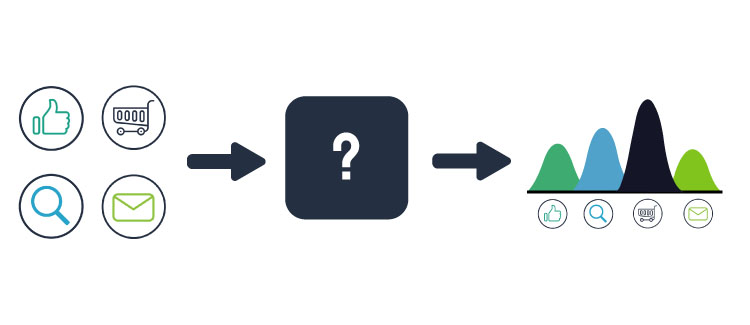
The actual calculations are by nature not clearly defined, so you will generally just have to accept that the modeling is appropriate. Google does not reveal how data-driven attribution assigns credit to each channel.
When using data-driven attribution, you’ll have to be comfortable with a certain degree of uncertainty. If something doesn’t look right when attributing sales, try to check your findings across other channels, such as Google Analytics.
#2 Credit is Not Assigned to Non-Ad Touchpoints
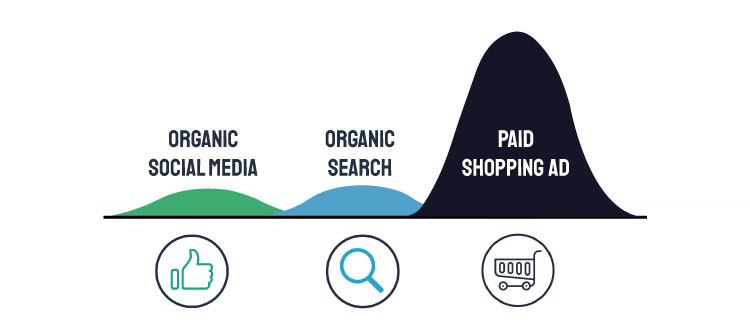
Credit is not assigned to non-ad touchpoints, like organic listings or email campaigns. This means that if there is only one ad across every touchpoint, that ad will still take full credit in Google Ads—simply because it’s an ad—not because it contributed 100% to the sale.
You would also have this issue with Google Ads last click or any other Google Ads attribution model, so it is not specific to DDA, but rather an argument for considering ads in the larger scope of your business with a third-party system such as Google Analytics.
At this time it is not clear to what degree, if at all, those non-ad touchpoints are considered in the statistical modeling and assessment of the impact of each touchpoint.

Should You Use Data-Driven Attribution?
Generally speaking, the arguments for using DDA are pretty compelling and the cons are fairly limited in scope when compared to any other existing Google Ads attribution model.
Before you make the switch, you should take a deep dive into the Google Ads Model Comparison Tool in order to understand how DDA would change how conversions are distributed amongst your campaigns.
Large swings in attributed conversions can lead to large changes in spend allocation if your bidding solution relies on Google Ads conversion data. In that case, you will need to consider whether or not those changes align with your business goals.
Want to learn more about Google Ads attribution models? Check out our e-book: Metrics Don’t Lie: Decoding Marketing Attribution Models.




